Exploring Chiang Mai’s vibrant culture is incomplete without indulging in local cooking classes. Delving into the intricacies of Thai cuisine on a Thai farm allowed us to bring home the authentic flavors. Discover the top cooking class in Chiang Mai and learn how to prepare signature dishes like Thai yellow curry and mango sticky rice. Plus, get insightful review of our Thai farm cooking experience in this comprehensive post.

Table of Contents
Which Cooking Classes to Choose in Chiang Mai?
We opted for a cooking course at the Thai Farm Cooking School, ranked number one on TripAdvisor’s list of recommended schools at the time of writing. It’s no surprise why.
Besides uncovering the secrets of traditional Thai cooking, we had the chance to explore a local organic farm, learn about cultivated plants, and gather ingredients for our dishes.
The one-day cooking course at Thai Farm Cooking School costs 1500 baht per person. This includes refreshing drinks (water, lemongrass tea), papaya salad, jasmine rice, six dishes of our choice to cook, and a cookbook. Below, we detail our day at the Thai farm.
Exploring Ruamchook Market
Located centrally in Chiang Mai, our day began with a special bus picking us up around 8:30-9:00 AM. En route to the farm, we made a stop at the local Ruamchook market.
Here, our teacher, Yummy, enlightened us on the significance of rice in Thai cuisine, the process of obtaining fresh coconut milk, and the art of selecting spices for each dish.
Following a brief introduction, we had the opportunity to stroll through the stalls, capturing a few snapshots and observing the offerings of local vendors.

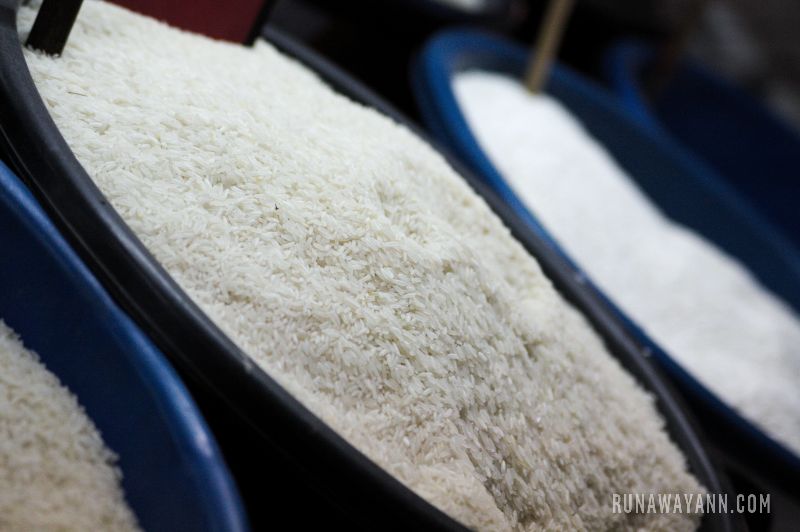
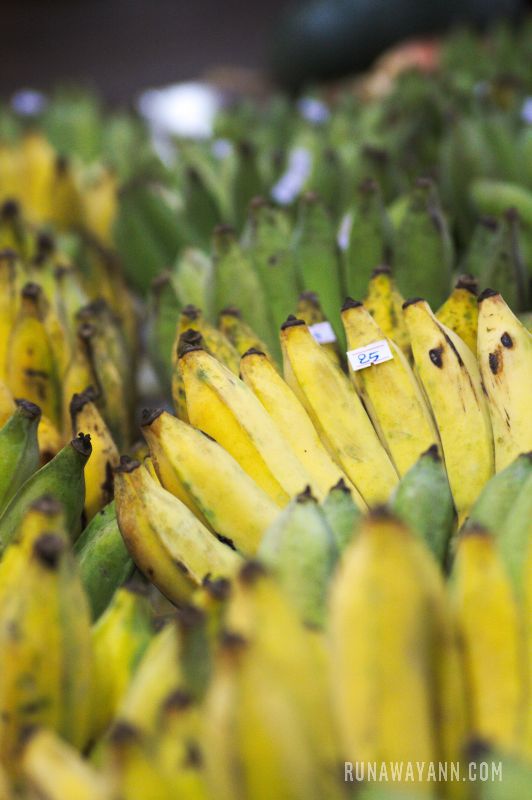

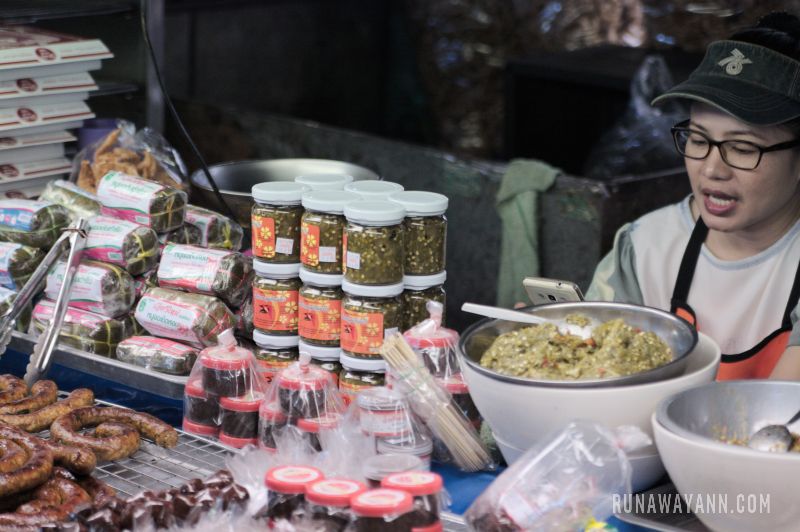




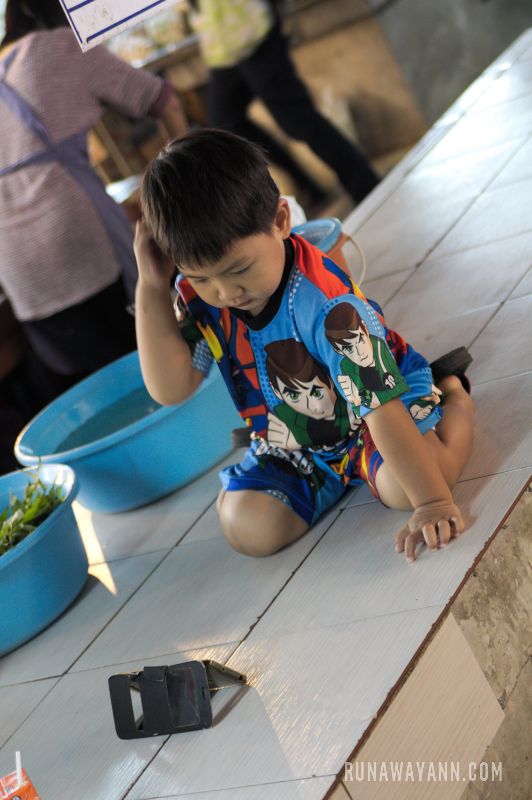
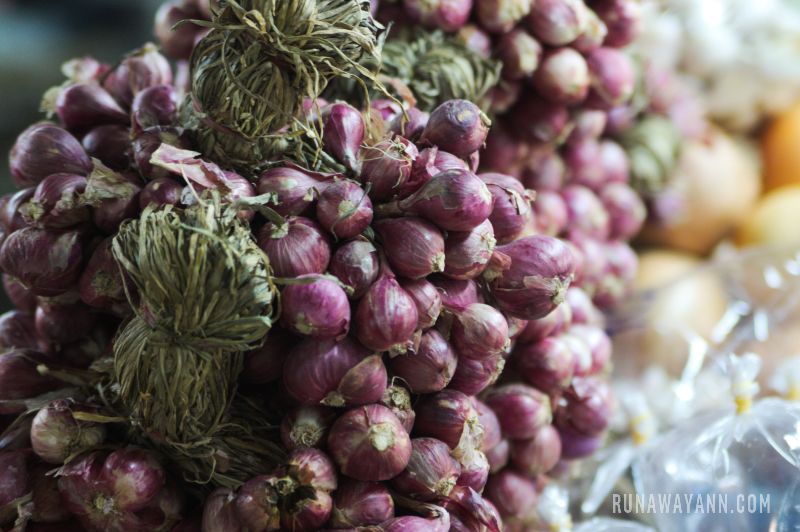




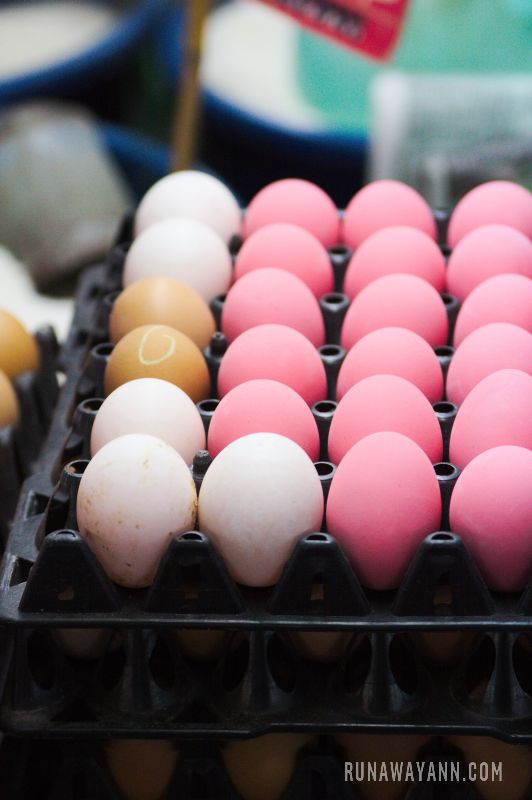
Exploring the Organic Farm: A Highlight of Cooking Class in Chiang Mai
Following our market visit, we boarded our bus bound for an ecological farm where personalized cooking stations awaited. But before diving into our culinary tasks, our guide treated us to a refreshing tea and led us on a brief tour of the farm.
Amidst scenic mountain vistas and serene surroundings, we felt transported to the countryside. Our instructor, Yummy, educated us on the farm’s organic practices, emphasizing traditional cultivation methods devoid of chemicals.
It was a fascinating experience witnessing the growth of organic plants firsthand, from the vibrant lemongrass to the towering papaya trees. With everything being 100% organic, we were assured that the ingredients for our dishes would be both tastier and healthier.
Cooking Time!
After harvesting the selected herbs straight from the plot, we delved into the cooking lesson. Set amidst the tranquil ambiance of an open-air terrace overlooking an idyllic pond—where we later savored our creations—the lessons began.
Under the guidance of our expert teacher, we first mastered the art of properly preparing jasmine rice and traditional sticky rice. Then, at our individual cooking stations, we commenced the preparation of curry paste (red, green, or yellow) in the mortar—a crucial component of our inaugural dish: chicken curry.
Following concise instructions, each participant crafted a soup of their choice, a stir-fry, noodles, and a dessert—culminating in a total of six dishes, inclusive of the curry paste.
Here’s a glimpse of the dishes we learned to prepare and cook:
- Red and Yellow Curry Paste
- Red and Yellow Curry
- Tom Yam Soup with Shrimps
- Tom Kaa Gai Soup with Coconut Milk and Chicken
- Stir-Fry Chicken with Cashew Nuts
- Stir-Fry Chicken with Holy Basil
- Spring Rolls with Thai Dip
- Pad Thai
- Mango Sticky Rice
- Bananas in Coconut Milk









How to Make Coconut Soup with Chicken (Tom Kaa Gai) | Thai Farm Cooking Class in Chiang Mai
Ingredients:
- 100 grams of sliced chicken
- 1 cup of coconut milk
- 1/2 cup of water
- 1/4 cup of chopped galangal
- 1 stem of lemon grass (cut into 2.5 cm pieces)
- 1/4 cup of sliced tomatoes
- 1/2 cup of sliced mushrooms
- 1-5 crashed bird eye’s chilli peppers
- 2-3 leaves of kaffir
- 1 stem of chopped onion chives
- 1 coriander stalk
- 2 teaspoons of lime juice
- 1 tablespoon of fish or soy sauce
- 1/2 teaspoon of sugar
- 2 chopped shallots
- pinch of salt
Preparation:
Here’s how to make the broth: Start by pouring water into a saucepan and adding lemongrass, galangal, shallots, tomatoes, and mushrooms. Bring it to a boil. Then, add coconut milk, chicken, and bird’s eye chili peppers. Season with fish sauce, sugar, and salt, and mix well. Once the chicken is cooked, add coriander, kaffir lime leaves, and onion. Finally, add lime juice. The soup should be creamy, salty, and slightly sour.


How to Make Chicken with Thai Basil (Phad Kaprao Gai) | Thai Farm Cooking Class in Chiang Mai
Ingredients:
- 100 grams of chopped or minced chicken
- 2 tablespoons of oil
- 3 cloves of crushed garlic
- 1/3 cup of chopped long bean (or green bean root)
- 2-3 bird eye’s chilli peppers
- 1 cup of holy basil leaves
- 1 tablespoon of fish sauce
- 1 tablespoon of oyster sauce
- 1/2 teaspoon of sugar
- 1/4 cup of chopped onion
- 3 tablespoons of water
Preparation:
Start by heating oil in a wok over low heat. Once hot, add garlic, onion, bird’s eye chili peppers, and chicken. Stir until fragrant and chicken is cooked through. Next, add long beans (or green bean sprouts), fish sauce, sugar, and oyster sauce. Add a splash of water and mix well. Finally, add Thai basil leaves and stir again. Serve with rice for a delicious meal.




How to Make Yellow Curry with Chicken (Kaeng Ka Ri Gai) | Thai Farm Cooking Class in Chiang Mai
Ingredients for curry paste:
- 1 red dried chilli pepper (soaked in water for 20 minutes and chopped)
- 2 red dried bird eye’s chilli peppers
- 1 tablespoon of chopped shallots
- 1 teaspoon of sliced galangal
- 1 tablespoon of sliced lemon grass
- 2 cloves of crushed garlic
- 1/4 teaspoon of roasted cumin seeds
- 1/4 teaspoon of roasted coriander seeds
- 1 teaspoon of chopped turmeric
- 1 teaspoon of yellow curry powder
Other ingredients:
- 70 grams of sliced chicken
- 1 cup of coconut milk
- 1 cup of water
- 1 cup of chopped boiled potatoes
- 1 tablespoon of fish sauce or soy sauce
- 1 teaspoon of sugar
- 1/4 teaspoon of salt
- 5 leaves of sweet basil
- 1 red chilli pepper (for garnish)
Preparation of curry paste:
Place all the ingredients into the mortar and pound them carefully until the paste becomes smooth.
Preparation of curry:
Heat 5 teaspoons of coconut milk in a saucepan. Add 1 tablespoon of oil, then stir in the curry paste and turn the heat to medium. Fry until the fragrance is released. Next, add the chicken and potatoes. Pour in the remaining coconut milk and water. Increase the heat and add sugar, fish sauce, and salt. Stir well. Once everything is cooked, add sweet basil and kaffir lime leaves. Season to taste and garnish with chopped red chili peppers. The curry should have a slightly salty, creamy, and spicy flavor.




How to Make Mango Sticky Rice | Thai Farm Cooking Class in Chiang Mai
Ingredients:
- 1 cup of steamed sticky rice*
- 1/2 cup of coconut milk
- 1 ripe mango (peel and slice into pieces)
- 1-2 tablespoons of palm or brown sugar
- 1/4 teaspoon of salt
- 1 tablespoon of roasted mung beans
- 1 pandan leaf (chopped 2.5 cm long)
* Before steaming, the sticky rice should be soaked for at least 4 hours (preferably overnight) in water. Then, rinse it at least 2 times with fresh water before placing it in the steamer. Steam for about 30 minutes until it’s soft. Once ready, keep it covered to prevent it from drying out and hardening.
Preparation:
Add coconut milk and pandan leaf to the saucepan. Heat until boiling. Turn off the heat and remove the pandan leaf. Reserve 2 tablespoons of coconut milk and set aside. Transfer the remaining coconut milk to a bowl. Add palm sugar and salt, mixing well. Add the steamed sticky rice and mix thoroughly. Place on a plate, sprinkle with mung beans, and top with the reserved 2 tablespoons of coconut milk. Serve with ripe mango.




Tasting Food during a Cooking Class in Chiang Mai
Indulging in our freshly prepared dishes on the terrace, surrounded by stunning natural landscapes, was undoubtedly the highlight of our day. Each bite was a burst of deliciousness, filled with aromatic flavors that left us incredibly satisfied.
Our favorites included the savory stir-fried chicken with Thai holy basil and the classic pad thai, reminiscent of the renowned flavors at Thip Samai Restaurant in Bangkok.
Interestingly, many participants found themselves so satisfied after the meal that they opted to take some dishes back to their hotel for later enjoyment.
As usual, we relished every moment and taste. The dining experience also provided an opportunity to connect with fellow participants from diverse corners of the globe, adding to the cultural richness of our time in Chiang Mai.
Is Enrolling in a Cooking Class in Chiang Mai Worthwhile?
Considering a cooking class in Chiang Mai? Our experience at Thai Farm Cooking School was undeniably worthwhile. We wholeheartedly recommend this school for anyone eager to unravel the secrets of Thai cuisine, from novices to seasoned gourmets.
Throughout the course, we delved into the art of crafting impeccable curry paste, fragrant pad thai, and quick stir-fry chicken—skills easily transferable to our kitchen in Poland. Beyond recipes, we discovered that culinary success hinges not only on mastering dishes but also on finding joy in cooking and sharing meals together.
Under the guidance of our instructor, Yummy, we discerned the nuances between tourist-friendly spice levels and authentic Thai heat. Ready to embark on a flavorful journey? This cooking class is a must!
Summary
The cooking class in Chiang Mai offers an excellent opportunity to learn how to prepare Thai classics and spend time in pleasant company. This unique experience allows you to delve into the secrets of Thai cuisine and discover the source of the main ingredients of the dishes.
If the article has proven valuable to you, we warmly encourage you to share it with your friends. If you’ve already had the opportunity to attend cooking classes in Thailand, please share your recommendations in the comments below to enable others to benefit from this exceptional opportunity.

